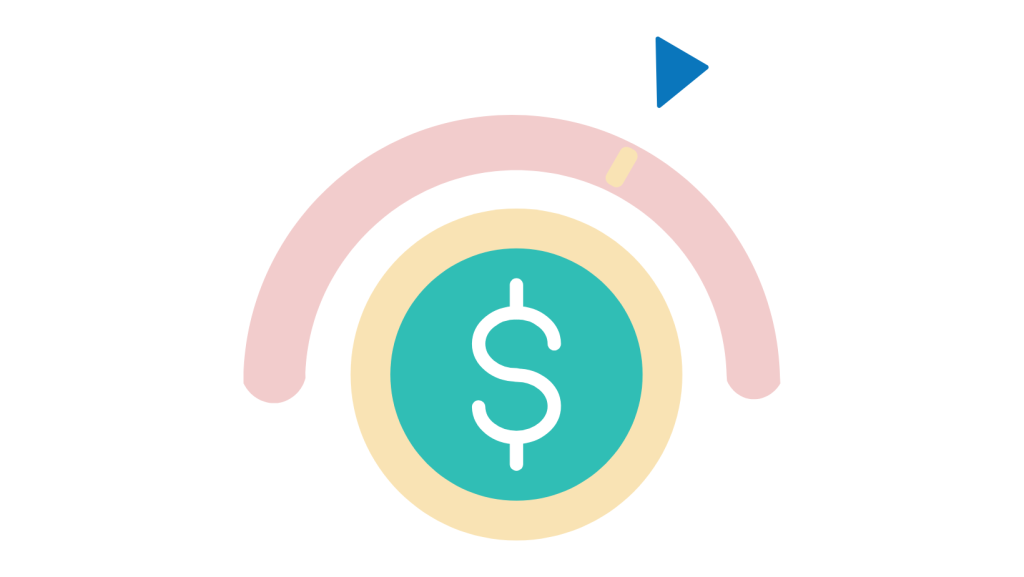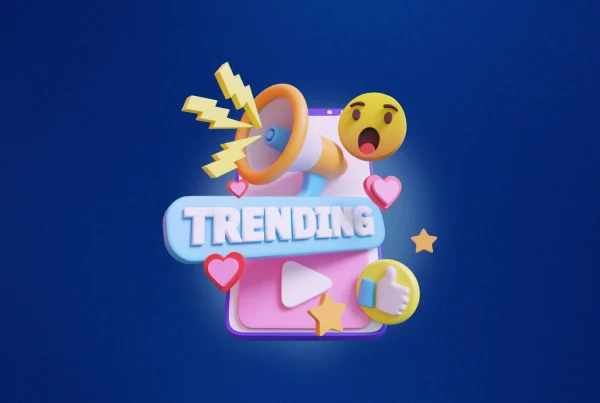
Influencer marketing today is a $21.1 billion industry in 2024, growing at an exponential rate as brands increasingly look to creators to influence the behavior of their customers. In 2025, influencer marketing is projected to reach $22.2 billion.
If you are a company that would like to take advantage of influencer marketing, these are some facts you will not learn from a standard playbook.
1. Follower Count Doesn’t Equal Influence
 Most brands keep on chasing influencers with massive followings, assuming bigger is better. However, engagement rates generally tend to reduce for mega-influencers.
Most brands keep on chasing influencers with massive followings, assuming bigger is better. However, engagement rates generally tend to reduce for mega-influencers.
A study found that micro-influencers (10k-100k followers) receive 60% more engagement than macro-influencers.
Key Takeaway: Prioritize the ones with a strong community rather than just having a huge following.
2. Influencer Marketing is Not Just About Sales

Most brands are too impatient to wait for conversions, but influencer marketing is more about building trust and awareness.
Today’s consumers are a skeptical bunch. A 2024 survey by GRIN revealed that 74% of consumers base their buying decisions on influencers’ recommendations.
For brands, creating a long-term collaboration with influencers is one of the ways they can create authenticity over one-off ads.
3. Authenticity Matters More Than Ever

Audiences can easily recognize scripted material. Honestly, 63% of consumers in a Nielsen survey (2023) said they feel and trust influencers who share personal anecdotes rather than those who sound like an ad.
Brands that force influencers to read rigid promotion scripts lose credibility.
To make influencers appear more authentic when working with brands, let them express themselves creatively in how they present your brand. This is because their voice is their influence.
4. The Hidden Costs of Influencer Marketing

There is more to the budget than influencer fees. Additional expenses include:
- Ad spend to get greater content coverage.
- Production fees (especially for video content).
- Use fees for platforms (if working with influencer marketing platforms like Upfluence or AspireIQ).
- Influencers have their own rate cards. They charge differently according to:
- Number of followers (Nano, Micro, Macro, and Mega influencers charge differently).
- Engagement rate (Higher engagement generally deserves premium fees).
- Content type (One Instagram post compared to a YouTube vlog has different prices).
- Exclusivity rights (If exclusivity is what they want, brands must pay influencers more).
- Number of followers (Nano, Micro, Macro, and Mega influencers charge differently).
Tip: Request influencers’ rate cards in advance, look at engagement rates, and negotiate based on long-term partnership, not transactions.
5. Virality is Unpredictable

It’s not surprising that some brands have unrealistic expectations that all influencer posts will go viral. The truth? Even with a well-planned campaign, only 5-10% of content goes viral (Social Media Examiner, 2024).
For a successful campaign with an influencer, brands should not put getting viral as a goal. Instead, aim for consistency in creating valuable content.
6. Influencer Burnout & Content Fatigue
 When an influencer promotes several brands at the same time, their endorsement loses credibility and effectiveness. When they are working with many brands at once, it can cause them to have difficulty creating consistent content quality. Therefore, it can come across as inauthentic.
When an influencer promotes several brands at the same time, their endorsement loses credibility and effectiveness. When they are working with many brands at once, it can cause them to have difficulty creating consistent content quality. Therefore, it can come across as inauthentic.
This is why overly sponsored influencers risk losing audience trust, with consequent lower engagement.
To avoid this, choose influencers who maintain a balanced content schedule and lower the rate of sponsored content.
7. It’s Not Engagement—ROI Is What Matters

Metrics of engagement (likes, comments, shares) are wonderful, but sometimes they don’t translate to dollars.
In a 2025 Influencer Marketing Hub study, it was found that businesses generate an average of $5.20 for each $1 spent on influencer marketing, although ROI is incredibly diverse depending on strategy.
To ensure the best performance, track performance by conversion-based metrics like sales, traffic to your site, and customer acquisition cost (CAC), not engagement rate.
Influencer Marketing in 2025 Prioritize Authenticity, Trust and Creativity
In 2025, influencer marketing seems to be simple for large brands, but behind the scenes there is experimentation, strategy, and deep focus on building relationships. To see success, change your mindset—move away from thinking about influencers as ad space and think of them as brand partners.
Want to choose the right influencers for your brand?
We can help! Click here to book our influencer marketing services.













